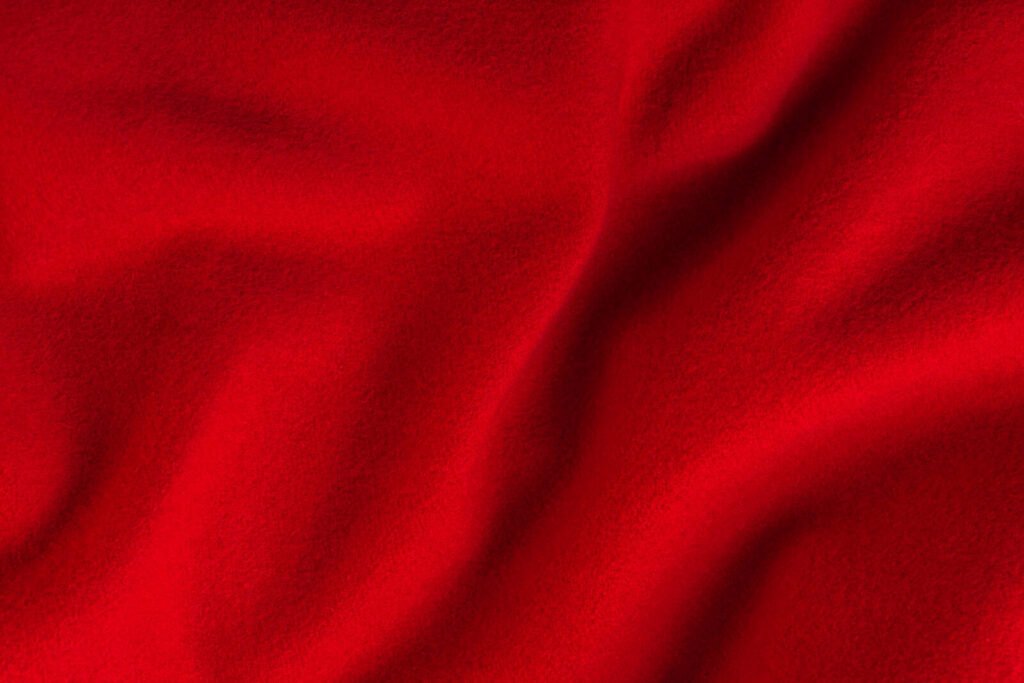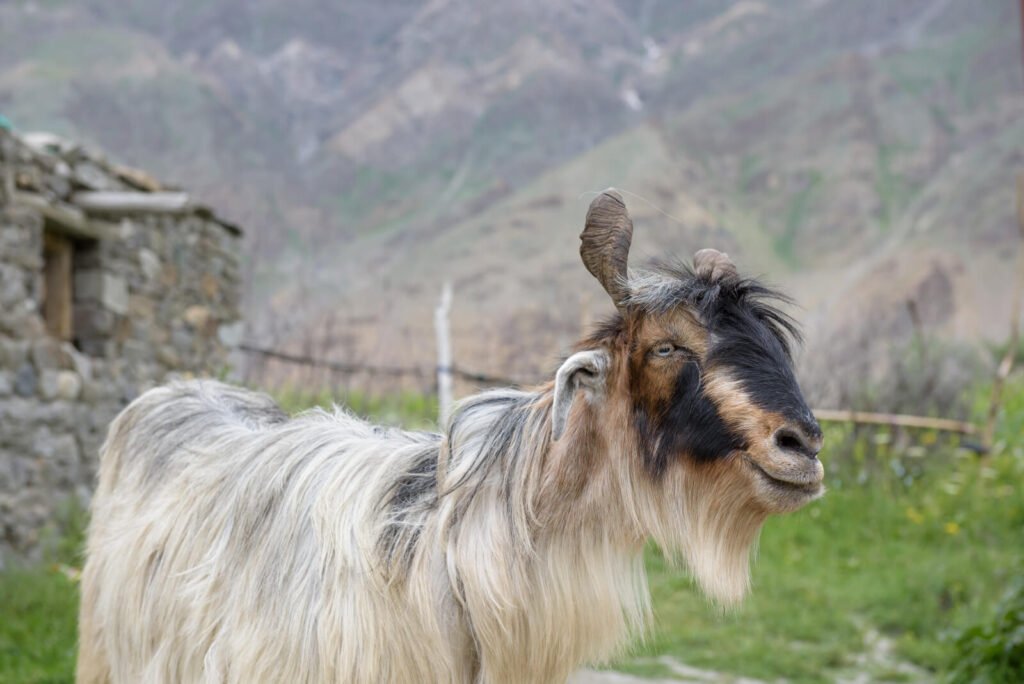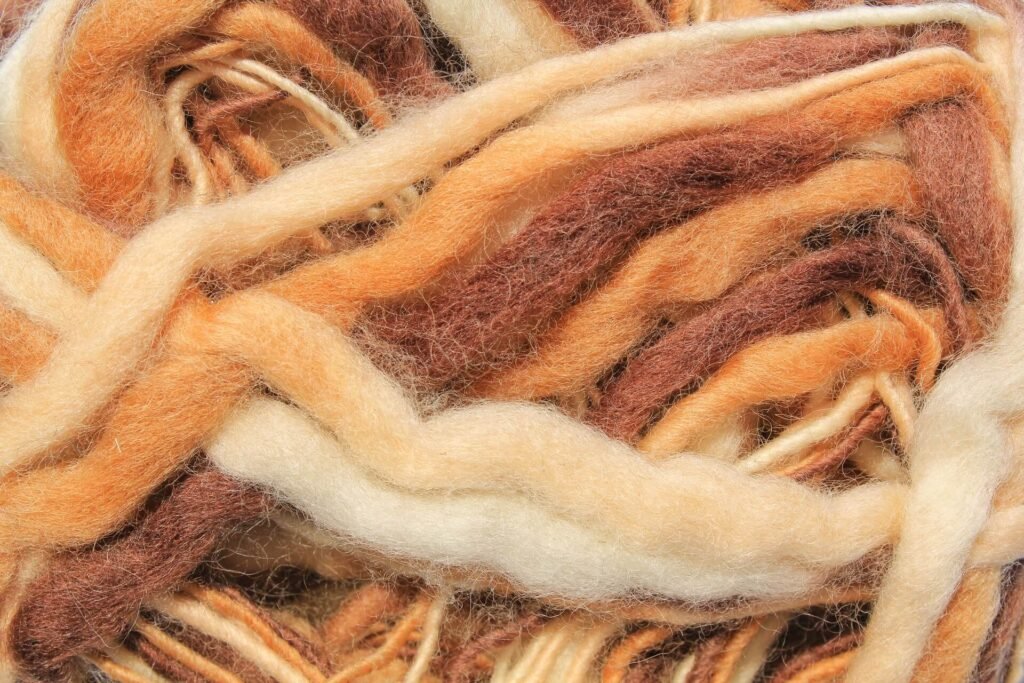Did you know that cashmere wool is considered one of the most luxurious fabrics in the world? This natural fiber has earned its reputation as a premium material for clothing, especially in the realm of luxury fashion. When it comes to cashmere garments, you can expect nothing but the finest quality and unparalleled comfort.
- Understanding Cashmere: A Soft and Warm Wool
- The Origins of Cashmere: From Goats to Garments
- Cashmere vs. Wool: Examining the Differences
- Cashmere Care Tips: How to Keep Your Garments Luxurious
- Exploring Other Fine Fibers: Alpaca and Merino
- Conclusion
- Frequently Asked Questions
- Q: What is the difference between cashmere and wool?
- Q: Is cashmere considered a type of wool?
- Q: How does cashmere compare to merino wool?
- Q: Why is cashmere considered the best wool?
- Q: Where can I buy high-quality cashmere clothing?
- Q: Why is cashmere clothing more durable than other types of wool?
- Q: What breed of animal does cashmere come from?
- Q: Is cashmere significantly warmer than traditional wool?
- Q: What is raw cashmere?
- Q: Why is there a high demand for cashmere in the clothing market?
Understanding Cashmere: A Soft and Warm Wool
When it comes to luxurious fabrics, cashmere is a name that evokes images of elegance and comfort. Known for its unparalleled softness and warmth, cashmere wool is a sought-after material for high-end clothing and accessories.
Cashmere is often compared to other types of wool, such as merino wool, due to its outstanding qualities. Let’s explore the differences between cashmere and other wool varieties, and uncover why cashmere stands out as the superior choice.
The Softness and Warmth of Cashmere
Cashmere is renowned for its incredible softness, making it a delight to wear against the skin. The fine fibers of cashmere wool create a silky-smooth texture that feels luxurious and indulgent. This exceptional softness sets cashmere apart from other wool types, ensuring maximum comfort and pleasure.

In addition to its softness, cashmere is prized for its exceptional warmth. The natural insulation provided by cashmere fibers ensures that it can keep you cozy on even the chilliest days. Unlike other wool varieties, cashmere is lightweight and breathable, making it an excellent choice for layering.
Cashmere vs. Merino Wool
One frequent comparison is between cashmere and merino wool. While both are high-quality materials, there are notable differences that set them apart.
| Cashmere | Merino Wool | |
|---|---|---|
| Softness | Ultra soft | Soft |
| Warmth | Warmer than merino wool | Warm |
| Weight | Lightweight | Medium weight |
| Fiber Thickness | Finer | Thicker |
| Itchiness | Less itchy | Potentially itchy |
| Durability | Durable if properly cared for | Durable |
As the table demonstrates, cashmere offers a level of softness that is unmatched by merino wool. Its finer fibers and superior insulation properties make it warmer and lighter. Cashmere also tends to be less itchy than merino wool, making it suitable for even the most sensitive skin.
However, it’s important to note that both cashmere and merino wool are high-quality options, each with their own unique characteristics. The choice between the two ultimately depends on personal preference and specific needs.
The Origins of Cashmere: From Goats to Garments
Have you ever wondered where cashmere comes from and how it is transformed into those luxurious cashmere shawls and garments?
The Kashmir Goat: The Source of Cashmere
At the heart of the cashmere industry lies the Kashmir goat, also known as the cashmere goat. These magnificent creatures, native to the high altitudes of the Himalayas, provide us with the incredibly soft and warm cashmere fiber. The cashmere goat’s coat is naturally designed to protect them from the harsh and cold mountain climates.

Harvesting Cashmere Fiber
Harvesting cashmere involves a delicate process of combing or shearing the goats’ fine undercoat, which is known as cashmere fiber. The fine hairs are carefully separated from the coarse guard hairs, ensuring only the softest and most luxurious fibers make their way into the production of cashmere products.
The Global Cashmere Industry and Buying Authentic Cashmere
The cashmere industry spans across various regions around the world, with key players in countries like Mongolia, China, and Scotland. These countries have long-standing expertise in cashmere production and have developed techniques to create the highest quality cashmere garments.
When it comes to buying cashmere, it’s important to ensure the authenticity of the product. Look for reputable brands and retailers that source their cashmere responsibly and provide transparent information about the origin of their cashmere. By doing so, you can be confident in purchasing genuine cashmere products that meet the highest standards of quality.
Production of Cashmere Garments
Once the cashmere fiber has been harvested, it undergoes a series of processes to transform it into luxurious garments. These processes include cleaning, de-hairing, spinning, and weaving, all of which require expertise and precision. The result is beautifully crafted cashmere shawls, sweaters, and other garments that embody luxury, warmth, and style.
In conclusion, the journey of cashmere from goats to garments is a testament to the craftsmanship and dedication of those involved in the cashmere industry. By understanding the origins and production processes of cashmere, you can appreciate the true value of this remarkable natural fiber.
Cashmere vs. Wool: Examining the Differences
When it comes to selecting the perfect wool for your clothing, understanding the differences between cashmere and sheep’s wool is crucial. While both options offer warmth and insulation, they possess distinct characteristics that set them apart.
Cashmere vs. Merino: A Softness Showdown
Cashmere is renowned for its exceptional softness, making it highly sought after in the world of luxury fashion. The fine fibers of cashmere are incredibly delicate and lightweight, resulting in a luxurious and gentle touch against the skin. In comparison, merino wool is also soft, but it falls slightly short in terms of the unparalleled softness that pure cashmere provides.
Less Itchy, More Comfort
One of the significant advantages of cashmere over sheep’s wool is its reduced itchiness. Cashmere fibers are finer, making them less prone to causing irritation and discomfort. If you’ve ever experienced the itchy feeling associated with traditional wool garments, switching to cashmere can provide a more pleasant and itch-free experience.
Durability that Defies
Although cashmere is often perceived as delicate, it is surprisingly durable and long-lasting. Cashmere fibers have excellent tensile strength, meaning they can withstand repeated wear and retain their shape over time. In contrast, sheep’s wool may show signs of wear and tear more quickly, making cashmere a more durable choice for high-quality clothing.
Softer than Merino Wool
When it comes to softness, cashmere reigns supreme. The luxurious feel of cashmere against the skin surpasses that of merino wool. Cashmere fibers are finer and more luxurious, resulting in a uniquely soft and comfortable experience. If you prioritize ultimate softness in your clothing, cashmere is the superior choice.

In summary, cashmere represents the epitome of luxury and comfort in the realm of wool. Its softness, reduced itchiness, durability, and unparalleled comfort make it a preferred choice for those seeking the utmost quality in their garments. While sheep’s wool has its merits, cashmere’s finer fibers and superior softness set it apart as the ultimate choice for sophisticated and cozy fashion.
Cashmere Care Tips: How to Keep Your Garments Luxurious
When it comes to cashmere, proper care is essential in maintaining the luxurious feel and longevity of your garments. Cashmere is a delicate fabric, even more delicate than wool, and requires special attention to keep it in pristine condition.
Gentle Washing
Cashmere sweaters and other cashmere clothing should be hand washed or machine washed on a delicate cycle using cold water. Avoid using hot water, as it can cause the fibers to shrink and lose their softness. Use a mild detergent specifically formulated for delicate fabrics, and avoid bleach or fabric softeners, as they can damage the cashmere fibers.
Drying and Flat Storage
After washing, gently squeeze out excess water from your cashmere garment. Avoid wringing or twisting it, as this can stretch or deform the fabric. Lay the garment flat on a clean, dry towel and reshape it to its original size. Let it air dry in a well-ventilated area, away from direct sunlight or heat sources. Avoid hanging cashmere clothing, as it can lose its shape and stretch under its weight.
Pilling and Shearing
Pilling, which refers to the formation of small balls of fibers on the surface of cashmere garments, is a common occurrence. To remove pills, use a cashmere comb or pill shaver. Gently glide the tool over the surface of the fabric to remove pills without damaging the fibers. It’s important to shear the garment regularly to prevent excessive pilling and maintain its sleek appearance.
Proper Storage
When not wearing your cashmere clothing, it’s crucial to store them properly to avoid moth damage and maintain their quality. Clean them thoroughly before storing to remove any food or perspiration residues that can attract moths. Place your cashmere garments in a breathable storage bag or a drawer lined with acid-free tissue paper. Adding cedar balls or lavender sachets can also help repel moths.
| Cashmere Care Tips | Benefits |
|---|---|
| Hand wash or machine wash on delicate cycle using cold water | – Keeps the cashmere fibers intact |
| Use a mild detergent for delicate fabrics | – Preserves the softness and color of the cashmere |
| Avoid wringing or twisting cashmere garments | – Maintains the shape of the fabric |
| Air dry flat away from direct sunlight or heat | – Prevents shrinking and damage to the fibers |
| Remove pills with a cashmere comb or pill shaver | – Restores the smooth and pristine appearance of the fabric |
| Store in breathable bags or drawers lined with acid-free tissue | – Protects the garments from moth damage |
Exploring Other Fine Fibers: Alpaca and Merino
In addition to cashmere, there are other fine fibers that hold their own in terms of quality and luxury. Alpaca and merino wool are two such fibers that deserve exploration. While cashmere is often considered the epitome of luxury, alpaca and merino also possess unique characteristics that make them highly sought after.
The Fineness of Alpaca
Alpaca fiber is known for its exceptional softness and warmth. Derived from the fleece of alpaca, a domesticated South American camelid, it is considered one of the finest natural fibers. Alpaca fiber tends to be finer than sheep’s wool, including merino wool, which contributes to its luxurious feel. The lightweight nature of alpaca makes it ideal for creating garments that provide excellent insulation without the weight associated with other fibers.
Merino: A Versatile and Finer Wool
Merino sheep, primarily bred in Australia and New Zealand, are known for producing wool that is highly regarded for its softness and quality. Merino wool is finer compared to regular sheep’s wool and often used in high-end clothing and accessories. Its fine fibers result in a soft, smooth texture, making merino wool garments comfortable to wear against the skin. Additionally, merino wool has excellent moisture-wicking properties, making it an ideal choice for activewear and outdoor apparel.
| Alpaca | Merino | Cashmere | |
|---|---|---|---|
| Fineness | Very fine | Finer than regular wool | Finest of all |
| Softness | Highly soft | Exceptionally soft | Incredibly soft |
| Warmth | Excellent insulation | Great insulation | Unparalleled warmth |
| Usage | Garments, accessories | Garments, activewear | Premium clothing |
While alpaca and merino wool offer exceptional qualities, cashmere remains the benchmark when it comes to ultimate luxury. Its elegance, unmatched softness, and warmth set it apart from other fibers.
Conclusion
Throughout this article, we have explored the luxurious world of cashmere wool and its exceptional qualities that set it apart from other fibers. Cashmere is undeniably a better choice when compared to regular wool, offering a superior level of comfort and style.
One of the remarkable characteristics of cashmere is its delicacy. The fibers are incredibly soft and gentle, making it a delight to wear against the skin. This delicate nature also contributes to the lightweight and breathable nature of cashmere garments, ensuring optimal comfort in any season.
Furthermore, the quality of cashmere is unmatched. Sourced from the fine hairs of cashmere goats, the world’s cashmere comes from specific regions known for producing the highest-grade fibers. This attention to quality results in garments that are not only luxurious but also durable and long-lasting.
While wool is a natural fiber with its own merits, cashmere offers a level of sophistication that cannot be replicated. The fine fibers of cashmere create a fabric that is warmer, softer, and more indulgent than traditional wool. With cashmere, you can experience the epitome of luxury in every garment you wear.
Frequently Asked Questions
Q: What is the difference between cashmere and wool?
A: Cashmere is a type of wool derived from the Kashmir goat, known for its extremely soft and fine fibers. The main difference lies in the source and quality of the fibers – cashmere comes from goats, while wool comes from sheep or other animals.
Q: Is cashmere considered a type of wool?
A: Yes, cashmere is a type of wool, but it is distinguished by its luxurious softness and fine fibers that make it highly prized for clothing and accessories.
Q: How does cashmere compare to merino wool?
A: Cashmere and merino wool are both known for their softness and warmth, but cashmere is generally lighter, softer, and more insulating than merino wool. It is also more expensive due to its rarity and luxurious qualities.
Q: Why is cashmere considered the best wool?
A: Cashmere is often considered the best wool due to its exceptional softness, warmth, and insulating properties. It is also highly sought after for its luxurious feel and exquisite quality.
Q: Where can I buy high-quality cashmere clothing?
A: You can find high-quality cashmere clothing at reputable retailers, specialty boutiques, and online stores that specifically focus on luxurious and premium-quality apparel made from cashmere.
Q: Why is cashmere clothing more durable than other types of wool?
A: Cashmere is known for being exceptionally durable and long-lasting due to the quality of its fibers, which are finer and stronger than traditional wool, making it a wise investment for long-term wear.
Q: What breed of animal does cashmere come from?
A: Cashmere comes from the undercoat of the Kashmir goat, which is known for producing the finest and softest fibers used for making luxurious textiles and garments.
Q: Is cashmere significantly warmer than traditional wool?
A: Yes, cashmere is approximately eight times warmer than traditional wool, making it an excellent choice for keeping you warm and cozy in cold weather.
Q: What is raw cashmere?
A: Raw cashmere refers to the unprocessed fibers obtained directly from the Kashmir goat’s undercoat, which are renowned for their softness and are the starting point for creating high-quality cashmere products.
Q: Why is there a high demand for cashmere in the clothing market?
A: Cashmere enjoys a high demand in the clothing market due to its luxurious feel, exceptional warmth, and the growing popularity of high-quality, natural fibers in the fashion industry, making it a coveted choice for premium clothing and accessories.


